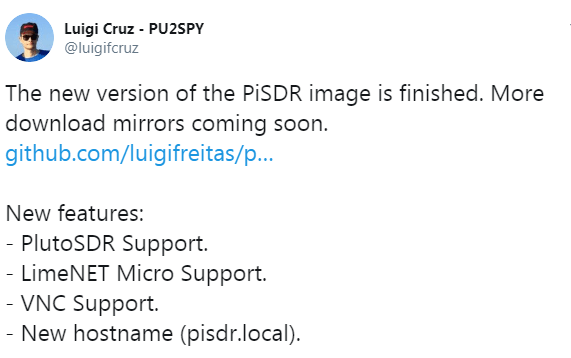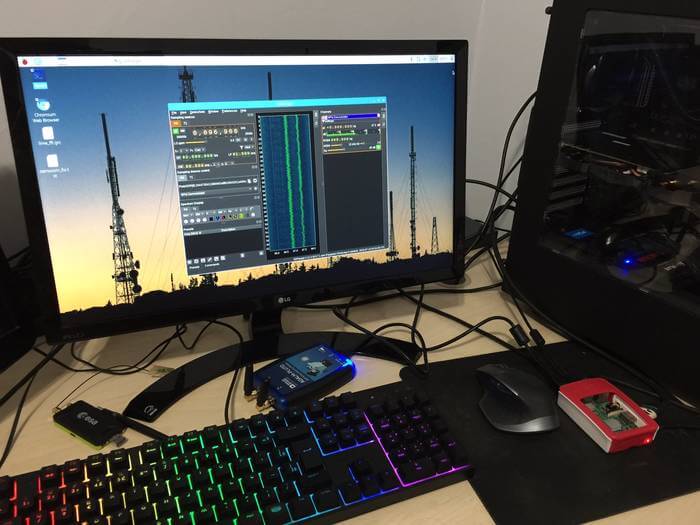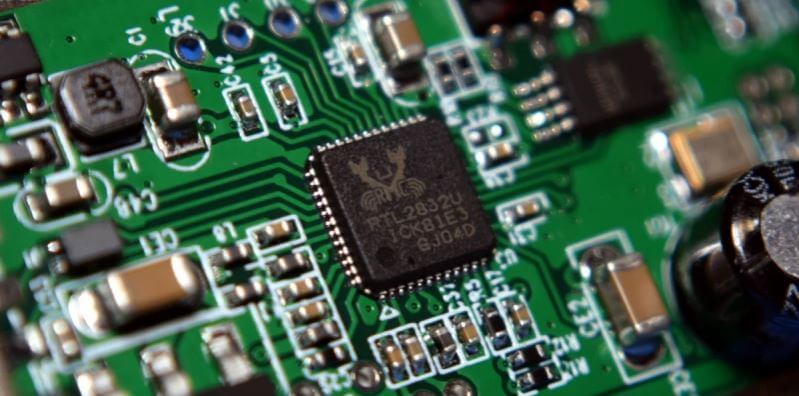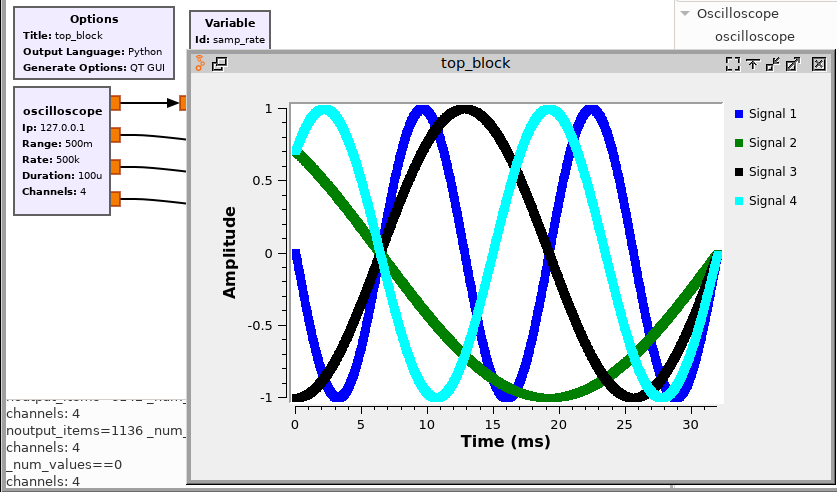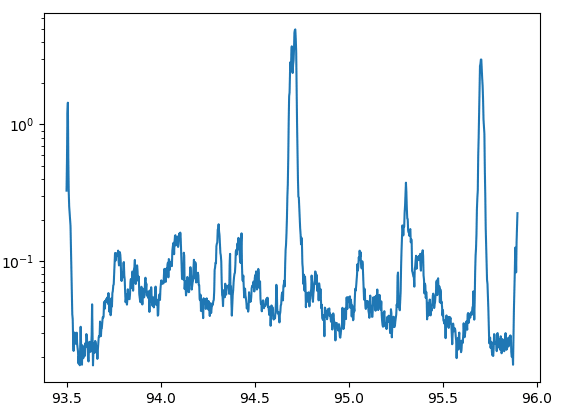YouTube Video: Information Packed Introduction to SDR
Over on YouTube Nick Black has uploaded a video where he does a good introduction to software defined radio (SDR), SDR history, how SDR works, various SDR concepts like sampling and bandwidth, different SDR hardware, the SDR Linux stack and reverse engineering wireless signals.
The information is presented fast and densely, so it may be a bit hard to follow for newbies, but if you already have some experience with SDR it may be a good video that helps tie everything together and fill in some gaps. Nick also has a Wiki where he's documented some of what is said in the video.
